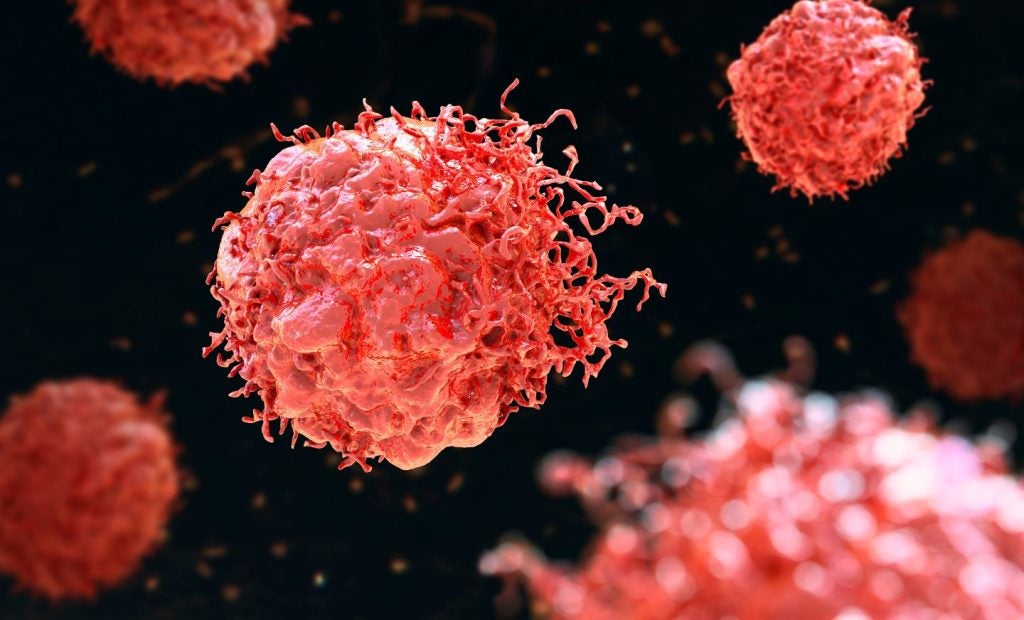
Diabetic neuropathic pain is clinically defined as pain resulting from peripheral, autonomic, focal, or proximal nerve damage in patients with diabetes mellitus who lack adequate glycemic control. The current diabetic neuropathic pain treatment paradigm includes many established analgesics that provide symptomatic relief. However, as these therapies do not target the pathophysiological mechanisms underlying the pain, they typically only work in a subset of patients, providing only partial pain relief. Furthermore, established marketed analgesics have been associated with poor safety profiles. These unmet needs result in a significant opportunity for drug developers in the diabetic neuropathic pain field.
Tricyclic antidepressants (TCAs), serotonin and noradrenaline reuptake inhibitors (SNRIs) and alpha-2-delta ligands (gabapentinoids), are the main drug classes used as first-line therapies for the treatment of diabetic neuropathic pain. Key opinion leaders (KOLs) interviewed by GlobalData indicated that only one-third of patients achieve 50% pain relief or greater with first-line therapy options, with the remaining patients either showing a lower degree of pain relief or not responding at all. As a result, most patients cycle through multiple therapy options for pain relief. Between November and December 2022, GlobalData surveyed 100 high-prescribing primary care physicians, endocrinologists, diabetologists, neurologists, and pain specialists from the seven major markets (7MM: US, France, Germany, Italy, Spain, UK, and Japan) on current trends in the treatment of diabetic neuropathic pain. Respondents indicated that 36.4% of patients in 2021 were completely treatment-refractory and would benefit from new treatment options.
Furthermore, many drugs currently used for the treatment of diabetic neuropathic pain must be carefully regulated in their use due to severe side effects, are contraindicated in certain patient populations, or have the potential for substance abuse. KOLs noted that some of the first-line treatments prescribed for diabetic neuropathic pain have serious adverse events that limit their usability. For example, the gabapentinoids, gabapentin and pregabalin, are central nervous system (CNS) depressants that can lead to vision changes, dizziness, drowsiness, or trouble with cognition.
In addition to safer, more effective symptomatic therapies, KOLs and survey respondents have highlighted that curative or disease-modifying therapies would be highly sought in the diabetic neuropathic pain market. While current symptomatic treatments are effective in some patients, they do not address the root cause of the disease, and patients must continue taking medication for the rest of their lives. KOLs agreed that if a curative or disease-modifying agent was approved for diabetic neuropathic pain, it could bring about a major shift in the way these patients are treated.
These longstanding unmet needs may be addressed by the four pipeline drugs that are currently in late-stage development. Helixsmith’s Engensis (VM202), Glenmark Pharmaceutical’s ISC-17536, Lexicon’s LX-9211, and Novaremed’s NRD135SE.1 (NRD.E1). These drugs all act via novel mechanisms of action (MOAs). Engensis targets the hepatocyte growth factor gene. ISC-17536 inhibits transient receptor potential ankyrin 1. LX-9211 is an adaptor protein complex 2- associated protein kinase 1 inhibitor. NRD.E1 is a tyrosine-protein kinase inhibitor. Engensis is the only late-stage pipeline product currently suspected to have disease-modifying properties. This is based on findings in a Phase III clinical trial (DPN 3-1, NCT02427464), which showed that symptomatic relief was maintained for eight months after the last injection of Engensis was completed.
See Also:
Intolerable side effect profiles and low efficacy contribute to suboptimal clinical outcomes in many patients with diabetic neuropathic pain. GlobalData believes that products with a novel MOA that specifically target the pathogenesis of diabetic neuropathic pain could have superior efficacy and safety profile over currently marketed products. Additionally, disease-modifying therapies could address the underlying cause of diabetic neuropathic pain, preventing it from progressing further. However, any novel products for treating diabetic neuropathic pain will have to demonstrate significantly improved efficacy and safety to displace the widely available cheap generic therapies currently being used such as TCAs, SNRIs, and gabapentinoids.
How well do you really know your competitors?
Access the most comprehensive Company Profiles on the market, powered by GlobalData. Save hours of research. Gain competitive edge.

Thank you!
Your download email will arrive shortly
Not ready to buy yet? Download a free sample
We are confident about the unique quality of our Company Profiles. However, we want you to make the most beneficial decision for your business, so we offer a free sample that you can download by submitting the below form
By GlobalData







